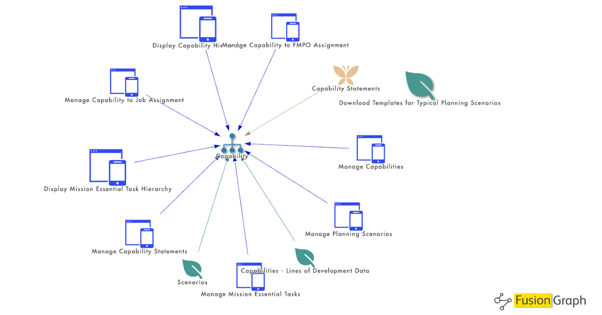Scenario planning in SAP S/4 HANA refers to the process of creating and evaluating multiple scenarios based on different assumptions or business conditions to understand their potential impact on the organisation's performance.
The scenario planning module enables businesses to analyse various business scenarios and evaluate their impact on financials, supply chain, sales, and other key performance indicators (KPIs).
Some of the key features of Advanced Forecasting in SAP S/4 HANA
- Automated data collection: The module automatically collects and integrates data from various sources, such as financials, sales, and operations, to provide a comprehensive view of the organisation's performance.
- Scenario creation: Allows businesses to create multiple scenarios based on different assumptions or business conditions, such as changes in demand, supply chain disruptions, or changes in market conditions.
- Simulation: Enabling businesses to simulate different scenarios and evaluate their impact on financials, supply chain, sales, and other KPIs, providing insights into potential risks and opportunities.
- What-if analysis: The module allows businesses to perform what-if analysis to simulate different scenarios and evaluate the impact of various factors on their performance, enabling them to make more informed business decisions.
- Collaboration: The module facilitates collaboration between different departments and stakeholders, enabling businesses to align their strategies and evaluate the impact of different scenarios on their performance.
What benefits does this provide to your organisation?
- Improved decision-making: By evaluating different scenarios and understanding their potential impact on the organisation's performance, businesses can make more informed decisions and minimise risks.
- Better risk management: Scenario planning enables businesses to identify potential risks and develop contingency plans to mitigate them, reducing the impact of unexpected events on their performance.
- Improved agility: With the ability to simulate different scenarios and evaluate their impact on performance, businesses can become more agile and respond quickly to changes in the market or business conditions.
- Improved alignment: By facilitating collaboration between different departments and stakeholders, scenario planning can help improve alignment and ensure that everyone is working towards the same goals.
- Improved resource utilisation: Scenario planning can help businesses optimise their resource allocation by identifying areas of over- or under-utilisation and reallocating resources as necessary.
- Improved financial performance: By evaluating different scenarios and understanding their potential impact on financial performance, businesses can make more informed investment and budgeting decisions.

With the help of FusionGraph it's easy to discover and understand new functionality like this and add it to your business case for S/4HANA migration.
Click the link the request a demo.



.png)
